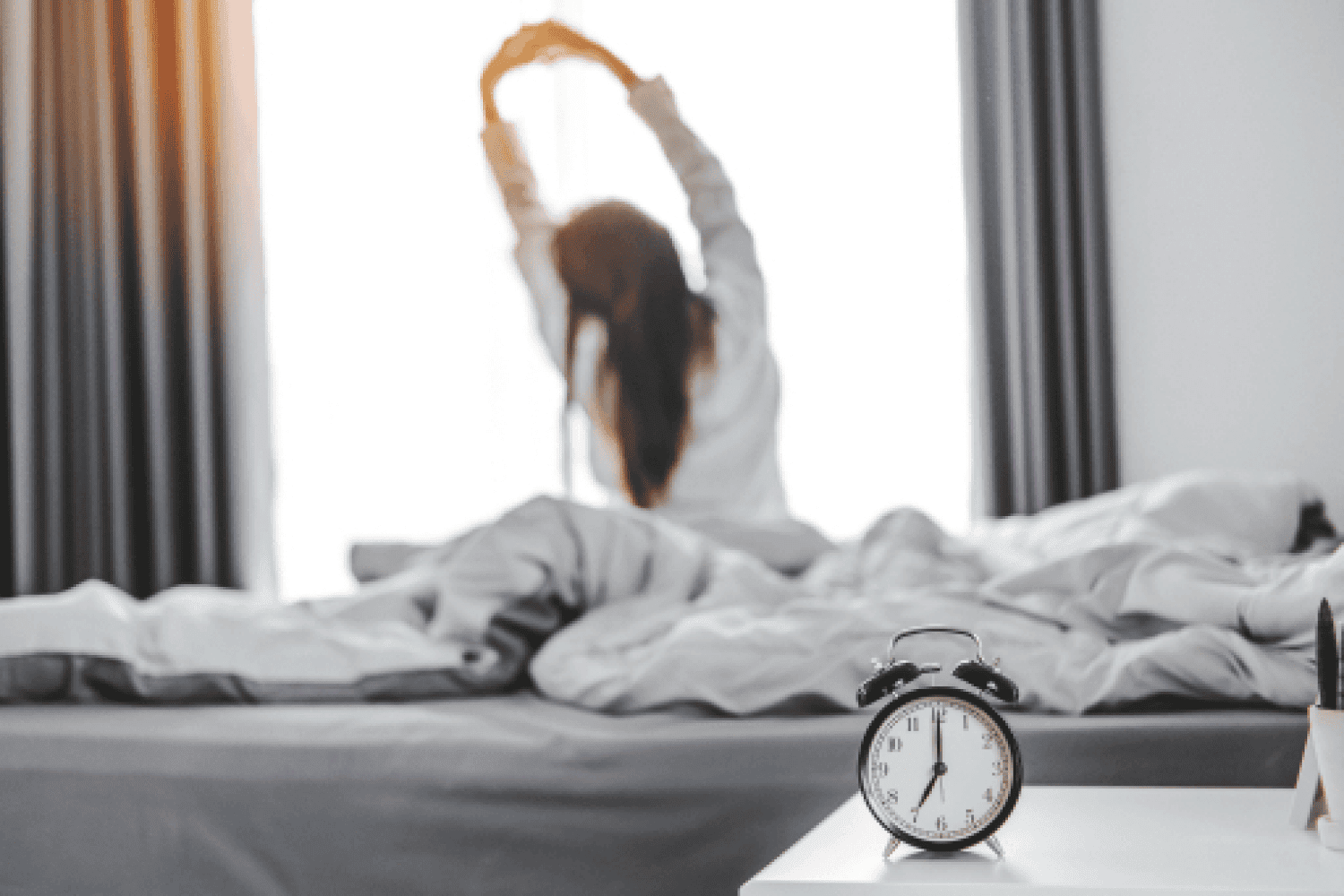
How to Use Your Sleep Chronotype to Boost Your Productivity
by Isabella McKenzie
Are you the type of person to greet the sunrise, exercise, shower, and drink your first cup of coffee before anyone else in your home opens their eyes? Or are you more of a chronic snoozer that can’t seem to get out of bed no matter how late you sleep?
It takes all kinds of people to make this world work, and as it turns out, your genetics might play more of a role than you realise.
Deep in our DNA lives one of four sleep chronotypes, which helps to determine what type of sleeper we are based on our bodies’ natural tendencies. Each of these chronotypes is associated with a different animal—dolphin, lion, bear, or wolf—that brings our sleep habits into perspective.
Here’s what science tells us about sleep chronotypes and how you can use yours to get more done every day.
Circadian Rhythym: The Body's Sixth Sense
Have you ever had trouble sleeping in on a day when you don’t have to go to work? Or maybe you’re struggling to stay awake past your normal bedtime even though you’re loving a night out with friends. These moments are usually because of your body’s natural circadian rhythm, which tells your body when to sleep and wake based on the time of day.
Your body has an internal clock that tells you when it’s time to sleep or time to get moving with your day. Centuries ago, our ancestors lived by this clock to protect themselves from nightly predators and maximise their productivity during daylight hours since there was no electricity.
To some degree, many of us maintain the same circadian rhythm as our ancestors. We start feeling sleepy at night and wake shortly before or after sunrise. But in a world with bright LED screens and a need to be awake at different hours of the day and night, our sleep and wake cycles can be harder to maintain. Travelling across time zones can also throw our rhythm for a loop and take several days to adjust to a new schedule.
A good night’s sleep can be hard to come by when our circadian cycles are out of sync. That’s why knowing your natural rhythm is a powerful first step in learning how to set up your sleep schedule and use it to improve your productivity throughout the day (or night).
Finding Your Sleep Chronotype
Although most of our ancestors slept during the night and woke up with the chickens, not all of them did. In fact, some researchers believe that some camps or villages slept in “shifts” in an effort to protect the community during the night. These same sleep habits may have been passed down through generations, which could explain why some people find it easy to stay up all night and sleep during the day.
You can take a quiz to find your sleep chronotype animal. Or, see if you can pick yours out based on these descriptions:
Dolphin
If you struggle with napping or don’t feel rested when you wake up each morning, you might be a dolphin. The dolphin represents this chronotype because it’s one of a few animals that only sleep with half their brain at a time. In other words, only half of the brain is resting at a time, and the other half is wide awake. It’s worth noting that dolphin chronotypes typically get bursts of energy rather than evenly sustained energy during the day.
Lion
If you like hitting the gym first thing in the morning or feel more creative in the morning, you might be a lion. Lions wake up full of energy and tend to be fully functional early in the day. They tend to be more analytical and organised and are usually highly effective leaders.
Bear
Bears tend to follow a normal day/night sleep pattern. It might take you a little time to get going in the morning, but being an early riser isn’t wholly impossible.
Wolf
Just like night owls, wolves tend to be at their peak while others are winding down. Your energy and creativity thrive in the later afternoon and evenings. However, this can also mean that you’re not always in sync with the world around you.
How to be More Productive Based on Your Chronotype
Got your animal chronotype? Now, put it to work to improve your day! Understand your patterns to create your ideal sleep schedule so you don’t miss out on your energy and creativity peaks. When you can get the most out of your day, you’ll feel better and more fulfilled.

